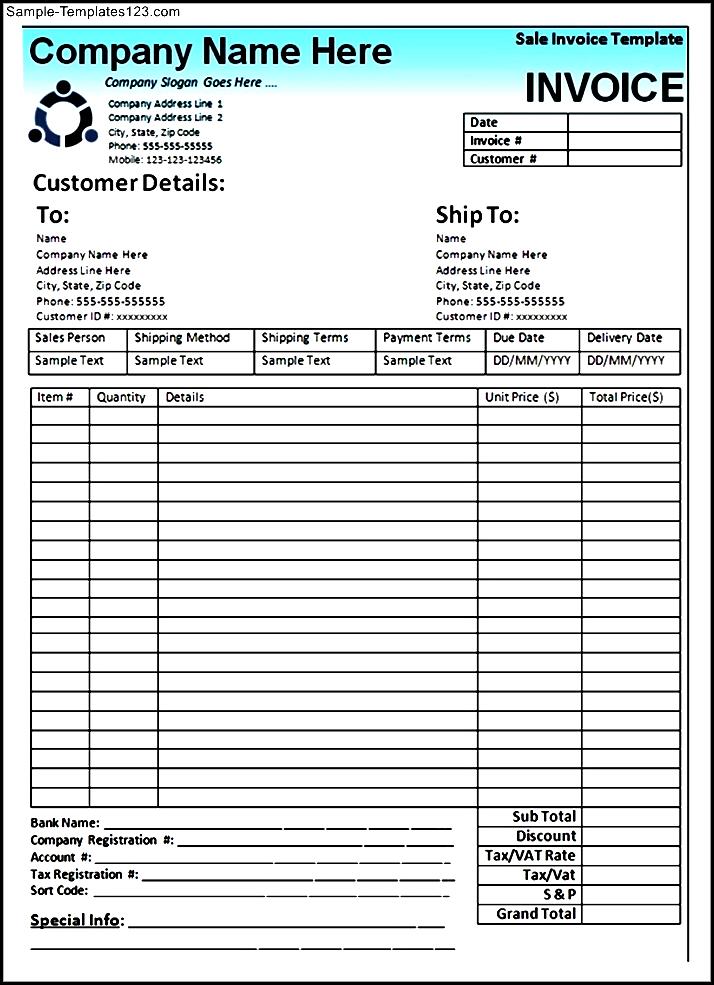
Whilst this may be hard to distinguish from a quote, it’s fundamentally different. Issue a proforma invoiceĪ proforma invoice is issued if the final details of the sale are yet to be confirmed. This is either a proforma invoice or a finalised invoice. Once a customer has confirmed that they’ll purchase a product or service, it’s time to issue an invoice. Stage 2: Finalising the sale with an invoice The only exception to this would be if the job itself is changed, for example, if a customer wants additional work or different materials. However, as a quote provides the customer with an exact price for a job, a quote should be the final price, and shouldn’t be changed once it’s been accepted. They have no legal status and payments can’t be made on them. Importantly, quotations are not legal documents. After all, people are more likely to agree to something when they know exactly what it is. Importantly, you must also indicate how long the quote is valid for.īe as thorough as possible when giving your quote, as this increases the likelihood it will be accepted by your customer. You need to provide a breakdown of the price, your business and customer's contact details, and any discounts you can apply. When you issue a quotation, you’ll include most of the information you would expect to see on an invoice. The quotation is used to tell them the price before they commit to the sale. It’s given to a customer after they've expressed interest in purchasing your products or services. Provide a quotation for the customerĪ quotation is the first official document you’ll send to your customer. An estimate may be given when a customer calls to make an inquiry into your business’s services, or when you first visit a site.

You may know some of the details about the job, but you haven’t yet been able to price everything up. You can provide your customer with an estimate or a quote.Įstimates are essentially educated guesses. Therefore, you may need to offer a prospective buyer an overview of the costs involved to help them decide whether they want to do business with your company. However, some businesses provide services that can’t have an upfront price as the costs involved will vary. If you’re selling certain products, it can sometimes be as easy as confirming how much they cost. It’s natural for customers to make inquiries before committing to a purchase.
#Sales invoicing for free#
Start invoicing for free Stage 1: Working out the details of the sale This article explains the sales process and the different documents that are needed, all the way from an initial quote, to a proforma invoice, a finalised invoice, and finally, a delivery note and payment receipt. At times, the sales process requires you to issue several different documents, which each perform distinct functions. It shouldn’t be considered as an isolated event, but rather as part of a larger interaction with a customer or client. VAT) is receivable from the Customer so this amount is posted to the Trade Debtors account as a debit as it is receivable.Sending an invoice to a customer is often just one part of documenting a sale. The VAT report will capture the VAT element for inclusion in the appropriate VAT return.

VAT) is posted as the actual P&L income and the VAT element (balance) is posted to the VAT account (B/S) as a credit meaning it is payable to the Revenue.
.jpg)
#Sales invoicing full#
In the above transaction the entry relates to a sale so this will be credited to the “Sales at Standard Rate” account in the P&L, however as the business is VAT registered the business must pay the VAT element of the invoice to the Revenue therefore they are not actually gaining the full income (Gross amount) of the invoice only the amount excluding VAT (Net Amount).

In posting a sales transaction the amount of the invoice is recorded as a receivable so is therefore the total is automatically posted to the “Trade Debtors” account which represents amounts receivable from Customers. The Balance Sheet (B/S) records amounts payable/receivable and amounts paid/received. The profit and loss account (P&L) records the actual income generated by the business on this particular sale, therefore the P&L can only ever reflect a particular sale once as the income generated on this sale is only generated once. Manually Calculating PAYE Modernisation.Client Payroll Entry & Payroll Approval.


 0 kommentar(er)
0 kommentar(er)
